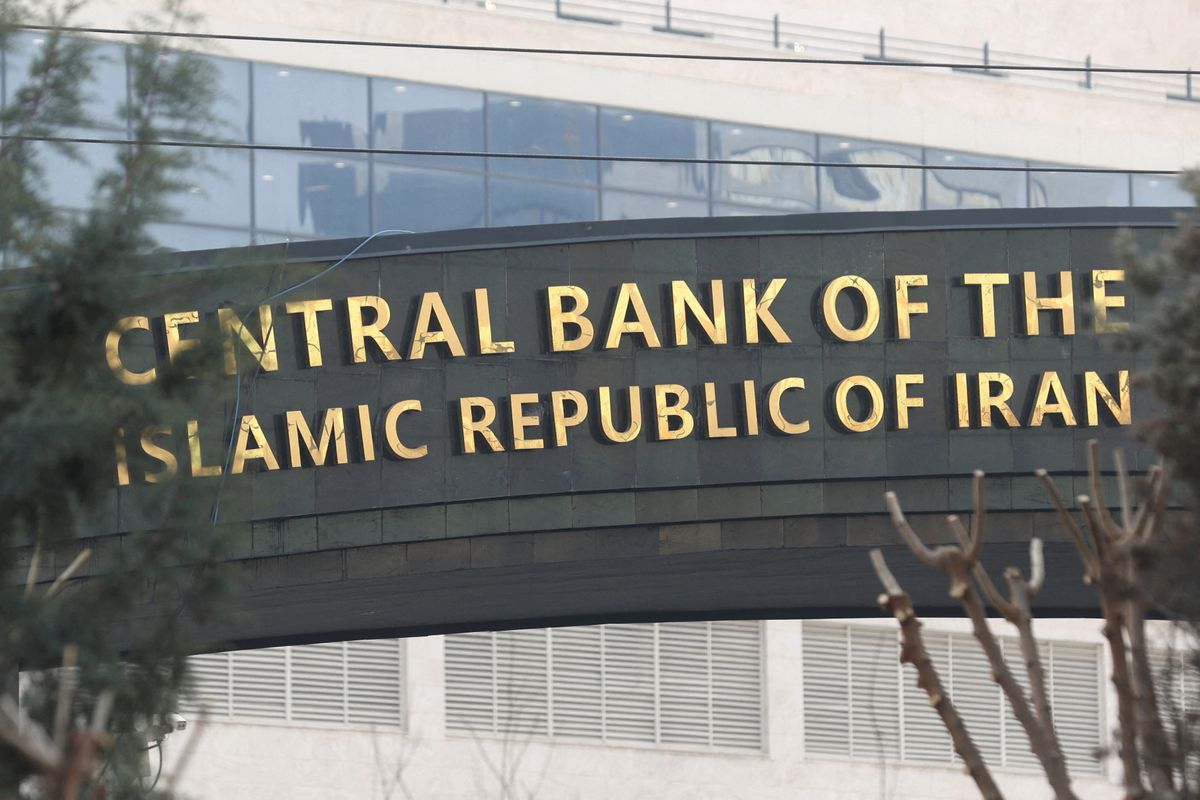The US-Iran prisoner swap – what you need to know
For over two years, US and Iranian officials have been trying to figure out a prisoner swap through indirect negotiations, with Qatar acting as a mediator.

A few minutes every morning is all you need.
Stay up to date on the world's Headlines and Human Stories. It's fun, it's factual, it's fluff-free.
The backstory: The US and Iran have a long history of tensions. Things seemed to be getting a bit better with the 2015 nuclear deal, aka the Joint Comprehensive Plan of Action (JCPOA), which limited Iran’s nuclear weapons development in return for lifting certain economic sanctions on the country. But then the US withdrew from that agreement in 2018 under former President Trump. Things have been on the rocks a bit more since then.
As a major oil exporter, though, many countries rely on Iran for some of their energy supplies. In 2019, the US put new economic sanctions on some of these oil transactions. So at one point, South Korea had already received oil from Iran but couldn’t transfer over the payment because of the new sanctions, and this money (about US$6 billion) has been frozen in South Korean banks ever since.
More recently: For over two years, US and Iranian officials have been trying to figure out a prisoner swap through indirect negotiations, with Qatar acting as a mediator. Last week, the US reached a tentative agreement with Iran on a kind of prisoner swap. Five American prisoners in Iran and an undisclosed number of Iranian prisoners in the US are supposed to be released relatively soon. But, the deal also involves melting Iran’s frozen assets in South Korea and moving them to Qatari banks. The timing of how the whole thing will shake out isn’t totally clear – but it should be complete by late September.
The development: On Saturday, the frozen funds in South Korea were officially unblocked, according to Iran’s central bank chief. Iran says it plans to use the money to buy “non-sanctioned goods.” But some are worried about how exactly this money is going to be used and if Iran’s access to the funds will be regulated by Qatar.
Even within the US, prominent Republican officials haven’t totally supported the arrangement – with former Vice President Mike Pence calling the whole thing a “ransom payment.” But others familiar with the agreement say it’s not a ransom payment, and it’s not necessarily unusual. Critics are worried this move will almost incentivize hostage-taking and will bring the price up when it comes to prisoner swap deals.
Key comments:
"Congratulations to the foreign exchange diplomacy team for successfully releasing seized foreign currency resources," Iranian central bank chief Mohammad Reza Farzin posted on X, formerly known as Twitter, on Saturday.
“This is just the beginning of a process that I hope and expect will lead to their return home to the United States,” US Secretary of State Antony Blinken said on Thursday. “There’s more work to be done to actually bring them home. My belief is that this is the beginning of the end of their nightmare.”
“All Iran can do under this deal is submit orders to a bank in Doha for food and medicine and a limited number of medical equipment that do not have dual military use,” Ali Vaez, the Iran director for the International Crisis Group, said to the New York Times. “The bank in Doha would pay for the goods, and Qatari companies would deliver them to Iran. Iran has no direct access to the funds at all. The Biden administration has a strong argument. If you are against this deal, you are against Americans coming back home, and you are against Iranian people having access to food and medicine.”




Comments ()